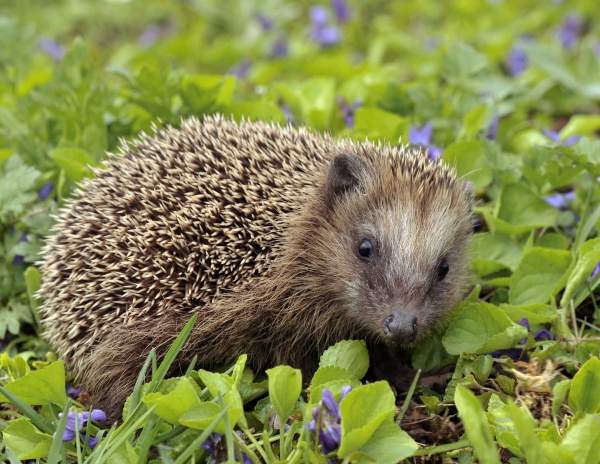Facts About European hedgehog
The European hedgehog, also known as the West European hedgehog or common hedgehog, is a charismatic creature native to Europe. These spiky mammals can be found from the sunny coasts of Iberia and Italy to the chilly regions of Scandinavia. They are a common sight in European gardens, admired not only for their endearing appearance but also for their proficiency in pest control. However, while they are thriving in most areas, their numbers are rapidly declining in Great Britain.
Easily recognizable by their brown and white spines and short tails, these hedgehogs can weigh over 2 kilograms. They are primarily nocturnal, feeding on a varied diet, and they hibernate during the winter months. After emerging from hibernation, their focus shifts to breeding. Female hedgehogs can give birth to litters of up to 10 young. Despite their resilience, they face threats such as starvation, predators (including badgers and eagles), and traffic accidents.
You can find European hedgehogs all across Europe, from the British Isles to Russia, and even on some Mediterranean islands. Intriguingly, they were introduced to New Zealand in the 19th century, where they have unfortunately become a pest, posing a threat to local wildlife. European hedgehogs are adaptable, inhabiting diverse environments such as woodlands, grasslands, and urban areas.
In terms of their conservation status, the European hedgehog is listed as "Least Concern" by the IUCN, indicating that their population is generally stable. Some countries, like Denmark and Poland, have laws protecting them. However, in Great Britain, the situation is more alarming, with fewer than a million hedgehogs remaining.

 Belgium
Belgium